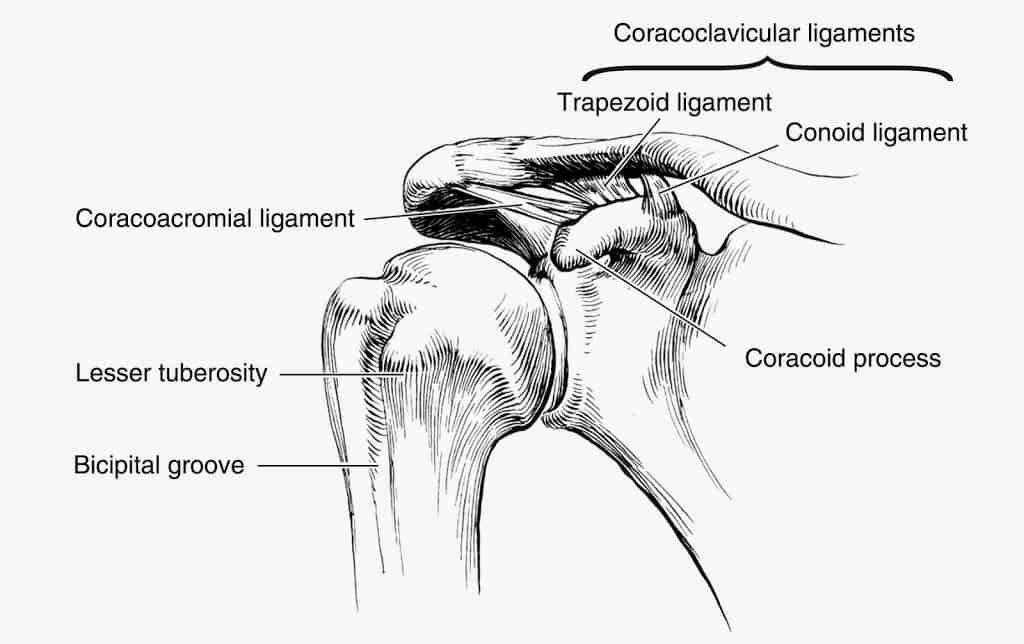
Shoulder (GH) External Rotation
The glenohumeral joint is a ball-and-socket that allows for all ranges to motion: flexion/extension, aBduction/aDduction, and internal/external rotation.
 |
| photo credit: eletunk.com |
Like the hips, the rotary capacity of the shoulders is often overlooked. Sitting in poor posture for most of our lives, along with plenty of pressing practice, cause the glenohumeral joint to live in internal rotation.
 |
| photo credit: natashahayden.ca |
To combat this, look to externally rotate at the shoulder socket. Test your ability to perform this movement arms down, hands at sides. Does the twist come from the thumbs or the pinky?
In the video, the right hand with the kettlebell shows full humeral rotation as noted by the bicep turn. They left arm only rotates with the lower arm (radius/ulna). Awareness of this difference is critical in getting the movement right. The upper arm is supposed to move.
We can dig deeper into this phenomenon when checking for full overhead flexion. With pelvis tucked, we want to be able to rest the deltoids through wrists on the ground.
People who can’t achieve this with thumbs up collapses…
…can often get arms to lie by first abducting and externally rotating, then ‘sliding’ their hands upward:
- The ability to externally rotate is critical to maximizing shoulder mobility.
- The upper arm needs to turn in order for glenohumeral rotation to be present.
- People who have trouble getting their arms overhead when on their back (palms facing each other) can often externally rotate and ‘swim’ their arms overhead (palms facing forward).
- Tricep pain when pressing can often be traced back to a narrow pressing style.
- Allowing the lats to open up and let the body fit in-between is a function of external rotation when hands are at your sides, and internal rotation when your hands are overhead.
- Regardless of position, elbows flaring out = internal GH rotation, elbows rolling in = external GH rotation*




